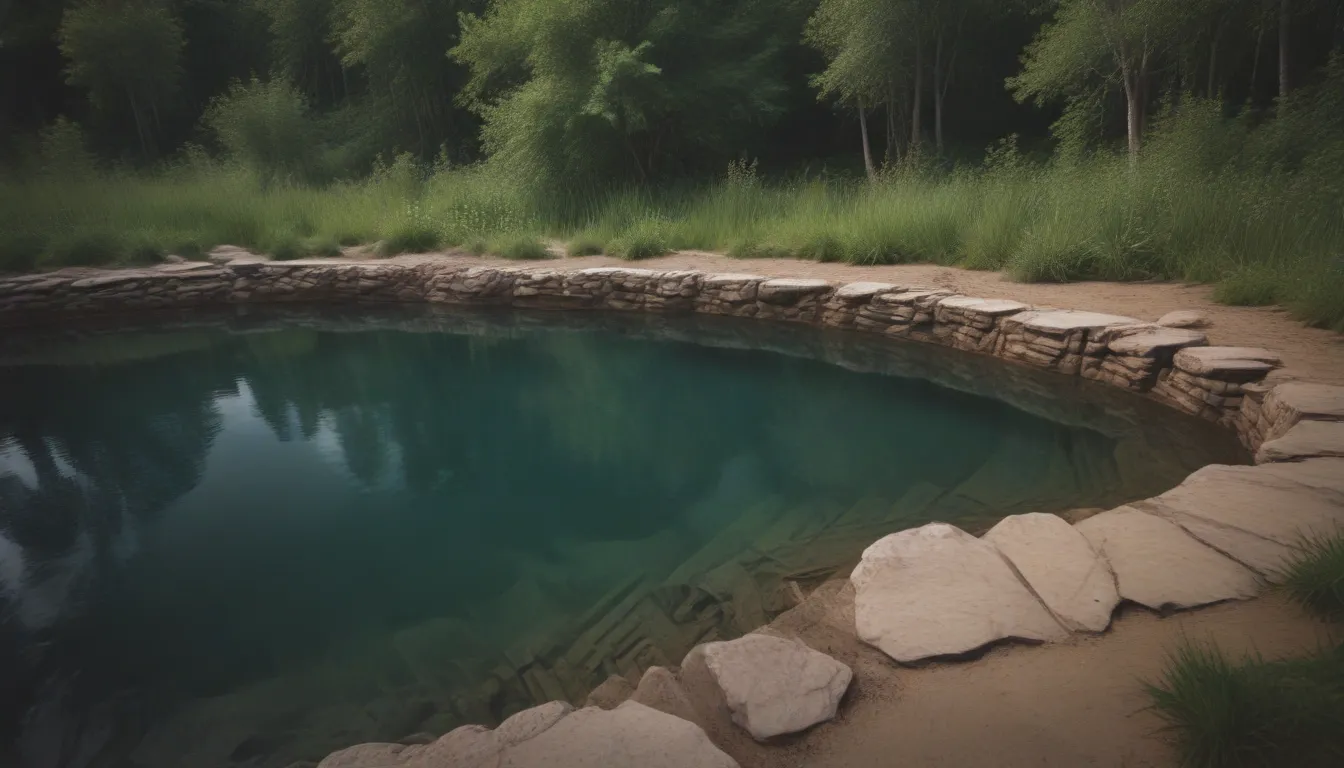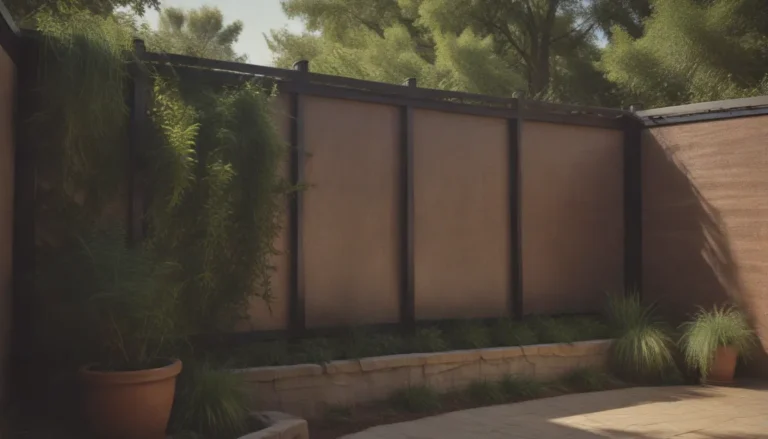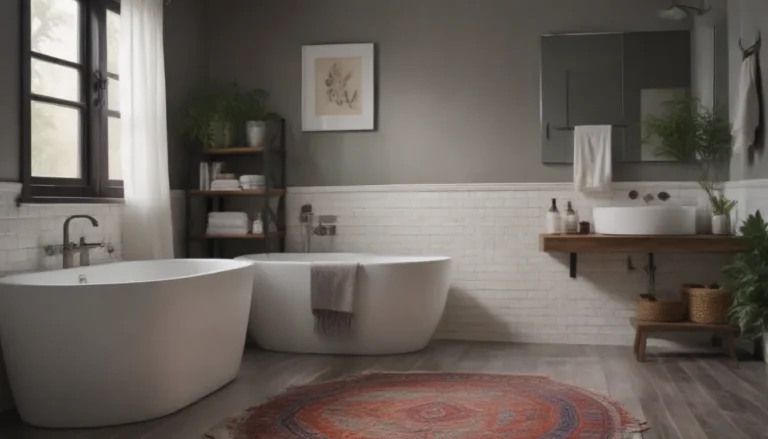In-Depth Guide to Natural Swimming Pools: Benefits and Drawbacks

Are you considering transforming your backyard into a serene oasis with a natural swimming pool? Natural pools have gained popularity in recent years for their eco-friendly approach and unique aesthetic. In this comprehensive guide, we will delve into everything you need to know about natural swimming pools, from installation to maintenance, pros and cons, and the best plants to keep your pool pristine. So, let’s jump right in!
Understanding Natural Swimming Pools
A natural swimming pool is a sustainable alternative to traditional pools that utilize chemicals for water maintenance. Instead of chlorine or other harsh chemicals, natural pools use a combination of walls, filters, and plants to keep the water clean and clear. The result is a pool that resembles a tranquil pond or lake, blending seamlessly into its surroundings.
Pros and Cons of Natural Pools
Before diving into a natural pool project, it’s essential to weigh the pros and cons to determine if it’s the right choice for your needs. Here are some key factors to consider:
Pros:
– Chemical-Free: Natural pools do not rely on chemicals for water treatment, making them safer for the environment and your health.
– Lower Maintenance Cost: While the initial installation cost of a natural pool may be higher, the long-term maintenance expenses are lower due to reduced chemical usage.
– Environmentally Friendly: By eschewing chemicals, natural pools provide a habitat for local wildlife and promote biodiversity.
– Skin and Eye-Friendly: Since natural pools do not use harsh chemicals, they are ideal for individuals with sensitive skin or allergies.
Cons:
– Space Requirements: Natural pools require a separate area for water filtration, which may make compact pools less feasible.
– Higher Installation Cost: The initial cost of installing a natural pool is typically higher than a traditional pool due to specialized components and design considerations.
– Proper Design Essential: To function effectively, natural pools must be properly designed to ensure efficient water filtration and clarity.
Installing a Natural Pool
The installation process of a natural pool differs significantly from that of a traditional pool. Here’s a step-by-step guide to installing your natural oasis:
- Site Preparation: Dig a hole with the proper slope to accommodate the design of the pool.
- Zoning: Define the swim zone and the plant zone within the pool to create a balanced ecosystem.
- Sealing: Seal the ground with a thick plastic liner to prevent water leakage.
- Planting: Introduce a variety of aquatic plants that will act as natural filters.
- Access: Consider adding steps, a dock, or stone walls for easy entry and exit.
Best Plants for Natural Pools
Choosing the right plants for your natural pool is crucial to its success as a self-sustaining ecosystem. Here are some types of aquatic plants commonly used in natural pools:
- Emergent Plants: Tall, rooted plants that grow above the waterline, such as cattails and bulrushes.
- Submerged Plants: Plants that grow entirely underwater, like eelgrass and hornwort.
- Floating Plants: Plants that float on the surface of the water, such as water lilies and duckweed.
- Marginal Plants: Plants that grow at the water’s edge or partially submerged, like pickerelweed and lizard’s tail.
By incorporating a mix of these plant types, you can create a balanced ecosystem that effectively filters and maintains the water in your natural pool.
Whether you’re looking to create a sustainable backyard oasis or seeking a chemical-free alternative for your swim time, natural swimming pools offer a unique and environmentally friendly solution. With careful planning, proper installation, and the right mix of aquatic plants, you can enjoy a crystal-clear pool that harmonizes with nature. So, take the plunge and dive into the world of natural swimming pools today!





